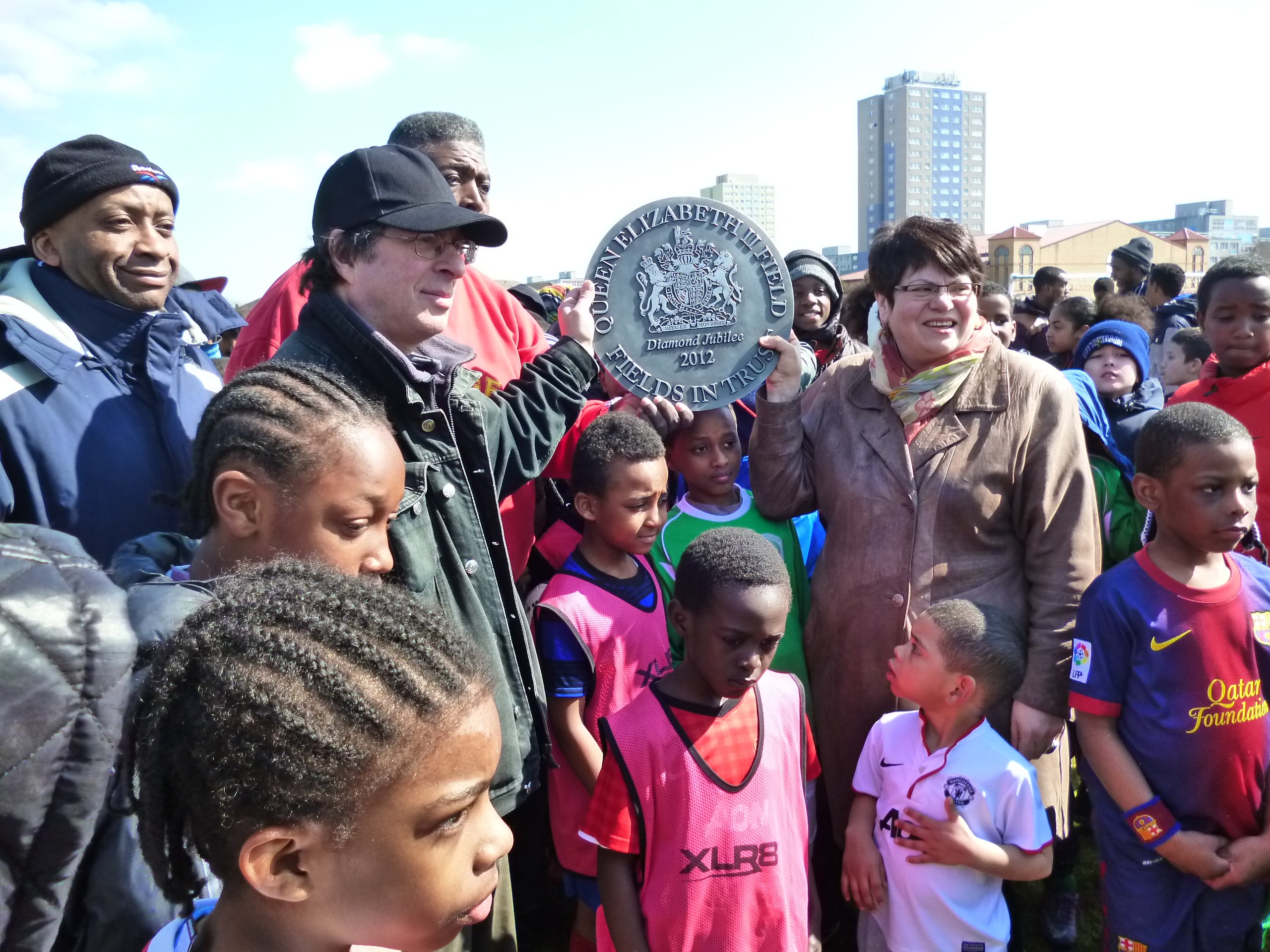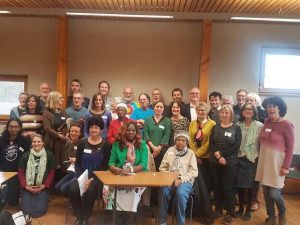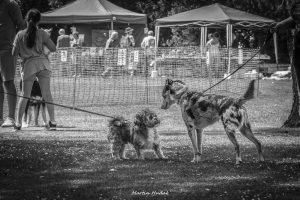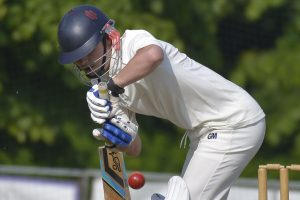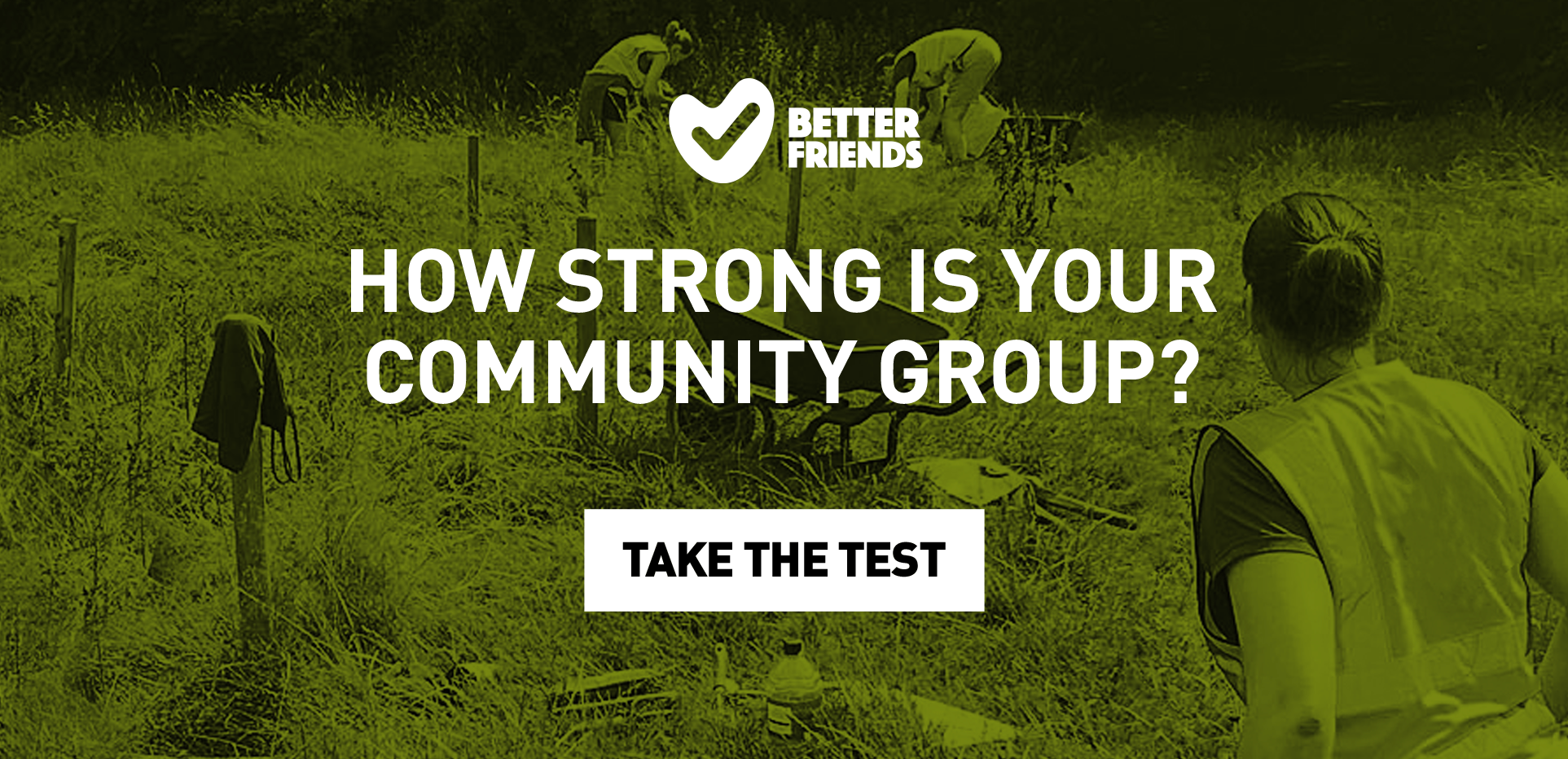What does a strong and diverse Friends group look like and why is it important?
Diversity will be different for each green space and depends on what each group is trying to achieve. Broadly though, the principles are the same – having a diverse membership means we can more easily share the work, incorporate a range of interests and engage and represent the wider community.
Different sections of our communities to engage might include:
- Young people: normally a big section of our park users with plenty of energy and ideas. Try reaching out to local schools, scout or guide associations or holding specific events, such as stalls and fairs or sports activities and bug hunts to encourage more participation. This allows different age groups to be reached.

- Minority ethnic communities: sometimes, despite a diverse local community, it can be a challenge to engage a wide range of cultures in your group and vice versa. There might be language issues, or might be more transient populations or faith groups, which might use the park but prefer to get involved in other issues. Some Friends groups have created signs or posters in different languages and reached out to local faith leaders and specialist associations. The latter can be the beginning of long-running partnerships and can lead to some amazing park events.
- Working people and families: making volunteering opportunities flexible, without need for commitment to full sessions (or having to attend meetings) can often encourage people who wouldn’t normally feel they have time. Jobs can be broken down into bite-size pieces and presented as small tasks which people can help with without getting overwhelmed. They might be able to do some things from home (eg deliver flyers, update a webpage, or apply for funding)
- Sports groups: build relationships with the people in charge of the football, or tennis, or bowls, or running, or whatever sport. It can help to improve maintenance and facilities, grow our supporter network and understand where issues might occur between different users.
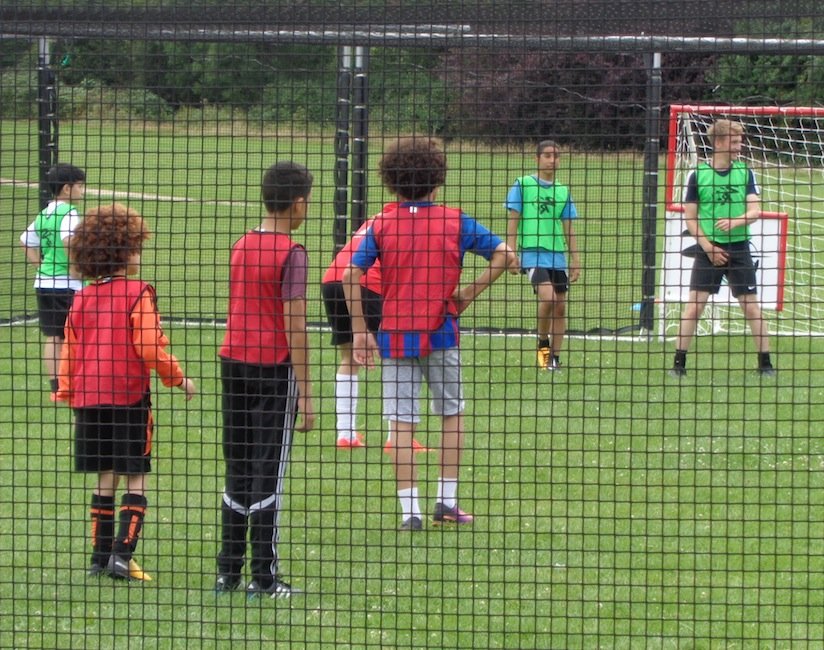
- Park users generally: who uses our park, when and why? When we’re spending time in our park, let’s speak to people about our projects and ideas – they might have thoughts to share. Ask them specifically if they have thought about getting involved – often people don’t realise how easy it can be. We can build up our membership and contacts lists and keep people updated. We can also have reps from our members to lead on certain issues, interests, or under-represented sections of the community,
- Other often under-represented groups: eg people with mental or physical disabilities, people with specialist interests, people on a particular nearby estate, certain age groups (eg older teenagers).
Some groups have helped strengthen and diversify community involvement through the setting up of stakeholder forums for all the key user groups using green space, e.g. the local school, Residents Association, sports club, dog owners, parent and toddler group, cafe manager, etc. Such forums can help build mutual support, relationships and partnerships, in which such groups share news and views, help with general publicity, and ensure good maintenance and management. There will also be opportunities to encourage new user groups to form, and projects and initiatives that engage people with specific interests who use the park.
The more we can reach out to, and interact with, a wide range of users, the better able we will be to understand our site and its surrounding communities, to engage and involve more people, to know what improvements and activities people want, and to effectively represent park users in our efforts to protect and enhance our green space.
Produced by the London Friends of Green Spaces Network, following a Friends Groups’ discussion on the subject.
You can read and download a full record from the PAGCE events workshop discussions here.
The National Federation of Parks and Green Spaces is the umbrella organisation for the movement of over 7,000 local Friends Groups for public green spaces throughout the UK, and their local area forums and networks. We are calling for the setting up of Friends groups for every green space and Forums of such groups for every area and town. Together we can work for the resources, standards and management all the UK’s green spaces deserve!
Visit our websites to find more information:
- Friends Groups’ issues, Case Studies, How-To guides, and more: www.parkscommunity.org.uk
- You can contact Parks Community UK info@ParksCommunity.org.uk
- About the Federation and strategic issues: www.natfedparks.org.uk
- You can also contact Michelle at networks@natfedparks.org.uk

